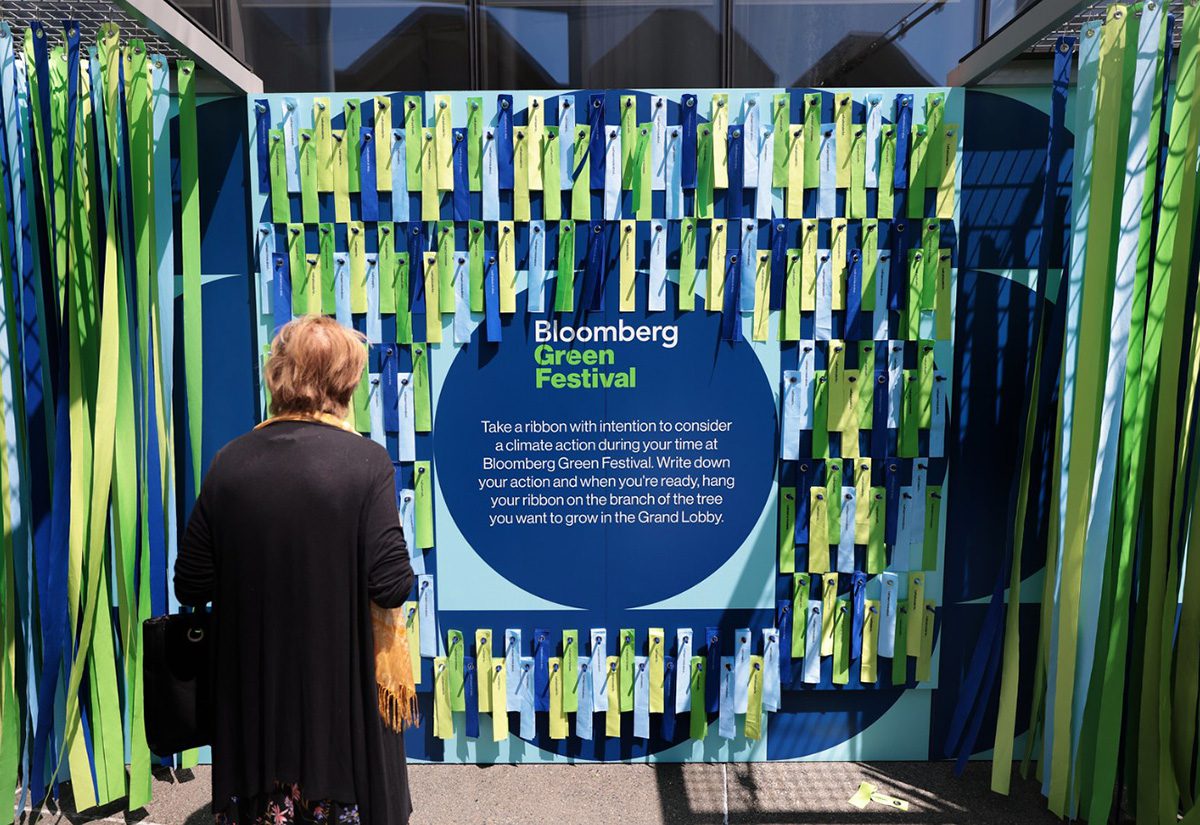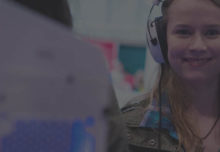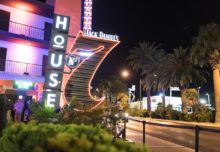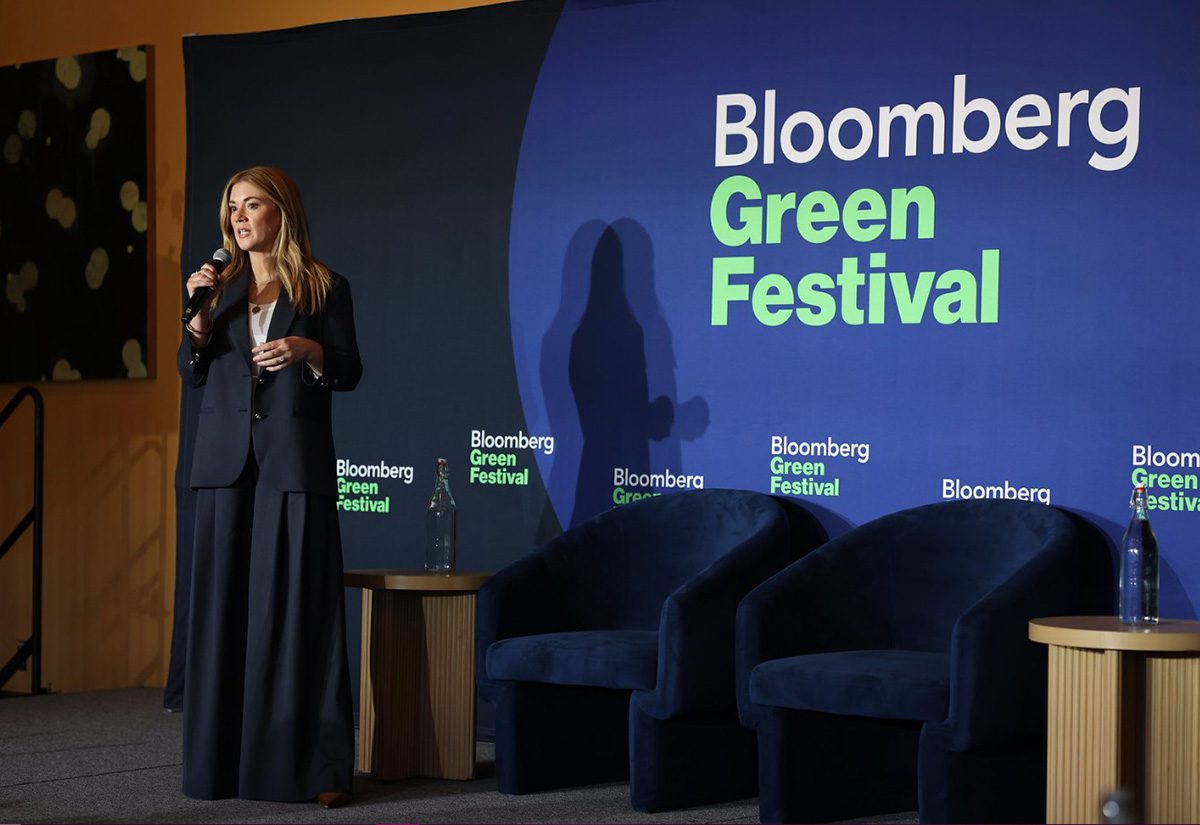 In January 2020, Bloomberg Media launched Bloomberg Green, a multiplatform editorial brand focused on climate change news, analysis and solutions, with the first Bloomberg Green event at Davos 2020 and plans to continue incorporating programming into other Bloomberg Live events throughout the year—until they were put on pause due to COVID. The media company has since picked up the momentum, hosting several sustainability-focused programs, including the hybrid Bloomberg Green Summit in New York and its global Sustainable Business Summits.
In January 2020, Bloomberg Media launched Bloomberg Green, a multiplatform editorial brand focused on climate change news, analysis and solutions, with the first Bloomberg Green event at Davos 2020 and plans to continue incorporating programming into other Bloomberg Live events throughout the year—until they were put on pause due to COVID. The media company has since picked up the momentum, hosting several sustainability-focused programs, including the hybrid Bloomberg Green Summit in New York and its global Sustainable Business Summits.
Still, Bloomberg had never hosted an all-encompassing sustainability event, an idea from the vertical’s 2020 launch. Enter: Bloomberg Green Festival, which Jessica Webber, global head of Bloomberg Live Experiences at Bloomberg Media, says the team hopes to build into a “SXSW of climate action,” bringing together a full spectrum of attendees, from technologists and policy leaders to artists and chefs—all to put forward solutions for a greener future.
The inaugural festival took place July 10-13 in Seattle with a full schedule of indoor and outdoor sessions, panels, town halls, musical performances, a film festival, a family fun run and dinners centered on four themes: Technology and Innovation, The Climate Economy, Greener Living and Green Policy. More than 13,000 participants came through the Seattle Center campus and joined the festival’s community programs, exceeding Bloomberg’s goals, Webber says.
Boosting attendance was its partnership with Pacific Northwest Climate Week, which aligned with Bloomberg Green Festival’s dates to give attendees additional opportunities to hear more talks and take part in nature outings. Plus, title sponsor Amazon ran in-depth tours of its Climate Pledge Arena, home to the Seattle Kraken NHL team, which was one of the festival’s most popular excursions.
Coming into Bloomberg two years ago, Webber had experience working in large-scale festivals, including the Edinburgh Fringe Festival, Sydney Festival and launching The New York Times Food Festival. She was prepared to bring the inaugural festival to life, but any event has its own unique challenges. We sat down with Webber to go behind the scenes on how Bloomberg Green Festival came together and find out about the event’s experiences, sustainability practices and learnings.
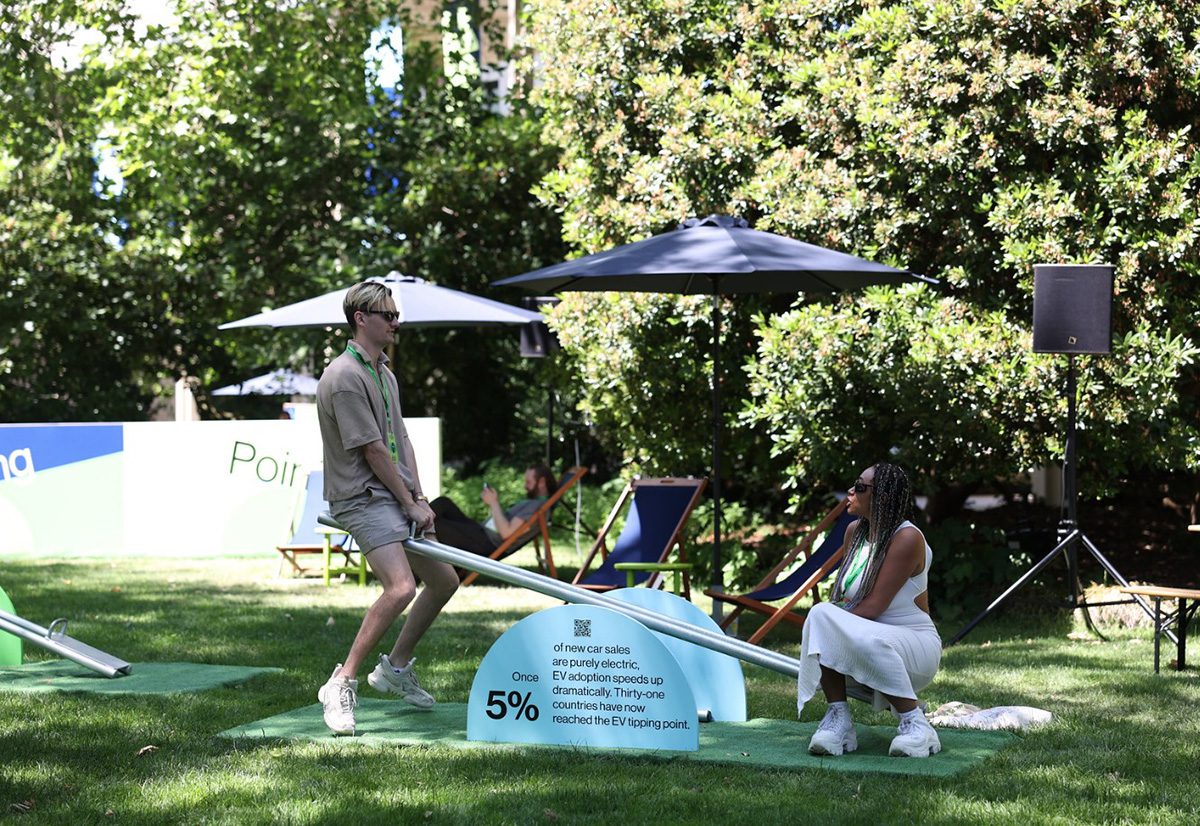
Event Marketer: What were some of the sessions, panels and entertainment opportunities available over the four-day event?
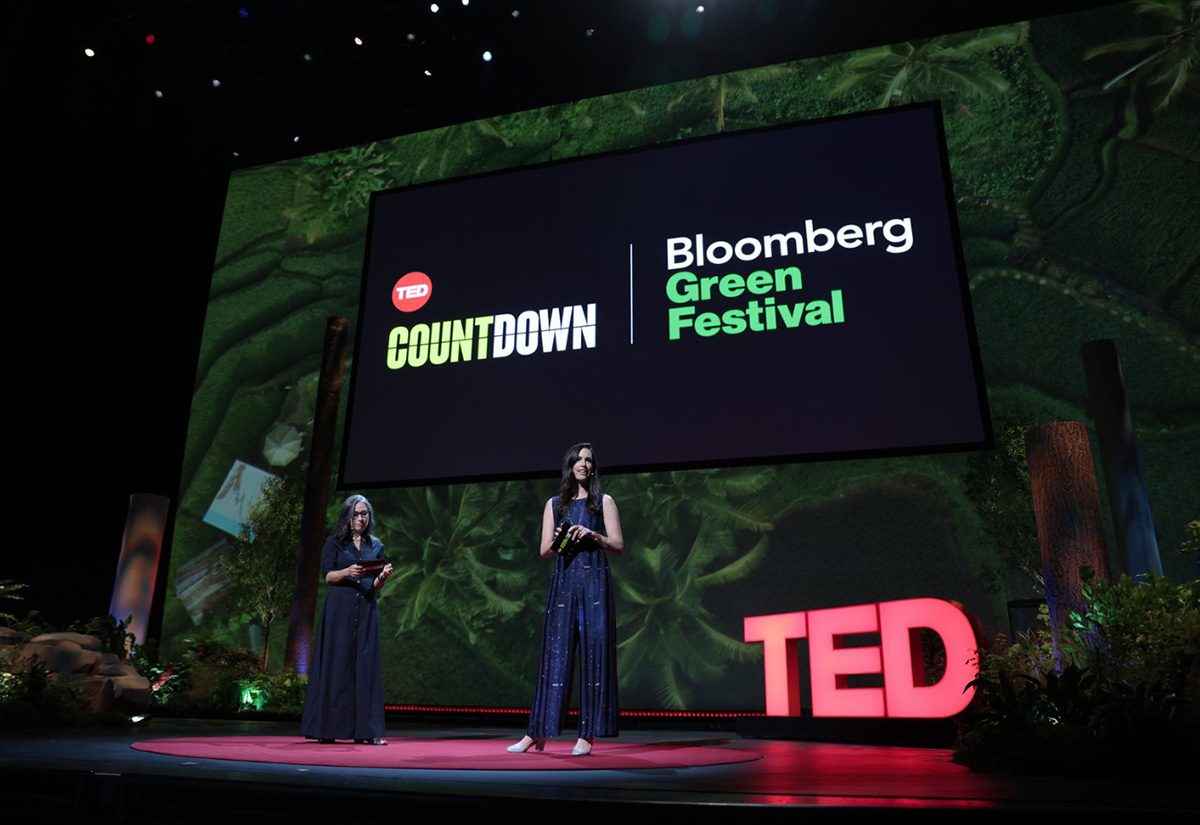 Jessica Webber: Our team builds live journalism events, so we’re connecting people to our best journalists and editors, who act as moderators. We had 102 speakers, 14 performances across three stages, moderated by 28 members of the Bloomberg News media and philanthropy staff. We had speakers including Jay Inslee, Stacey Abrams, Gina McCarthy, Jim Coulter—incredible names on that main stage. We also wanted to provide that beautiful format of the talk interwoven into our programming. We had TED Countdown, featuring seven speakers, and one of our journalists, Akshat Rathi, did a 14-minute TED Talk. So that gave us real science, real inspiration and real conversations that evening.
Jessica Webber: Our team builds live journalism events, so we’re connecting people to our best journalists and editors, who act as moderators. We had 102 speakers, 14 performances across three stages, moderated by 28 members of the Bloomberg News media and philanthropy staff. We had speakers including Jay Inslee, Stacey Abrams, Gina McCarthy, Jim Coulter—incredible names on that main stage. We also wanted to provide that beautiful format of the talk interwoven into our programming. We had TED Countdown, featuring seven speakers, and one of our journalists, Akshat Rathi, did a 14-minute TED Talk. So that gave us real science, real inspiration and real conversations that evening.
We had an outdoor stage where we featured Pattie Gonia, who is an environmentalist and drag queen, and she was able to really ignite the crowd and be the emcee for that stage that also featured talks and workshops from our Green Champions. We had the SongCatchers, a group that performs native songs and storytelling, and had a meditation and song circle one morning. It was that juxtaposition of real data and real hard-hitting journalism with experiences, which I think really brought the festival together.
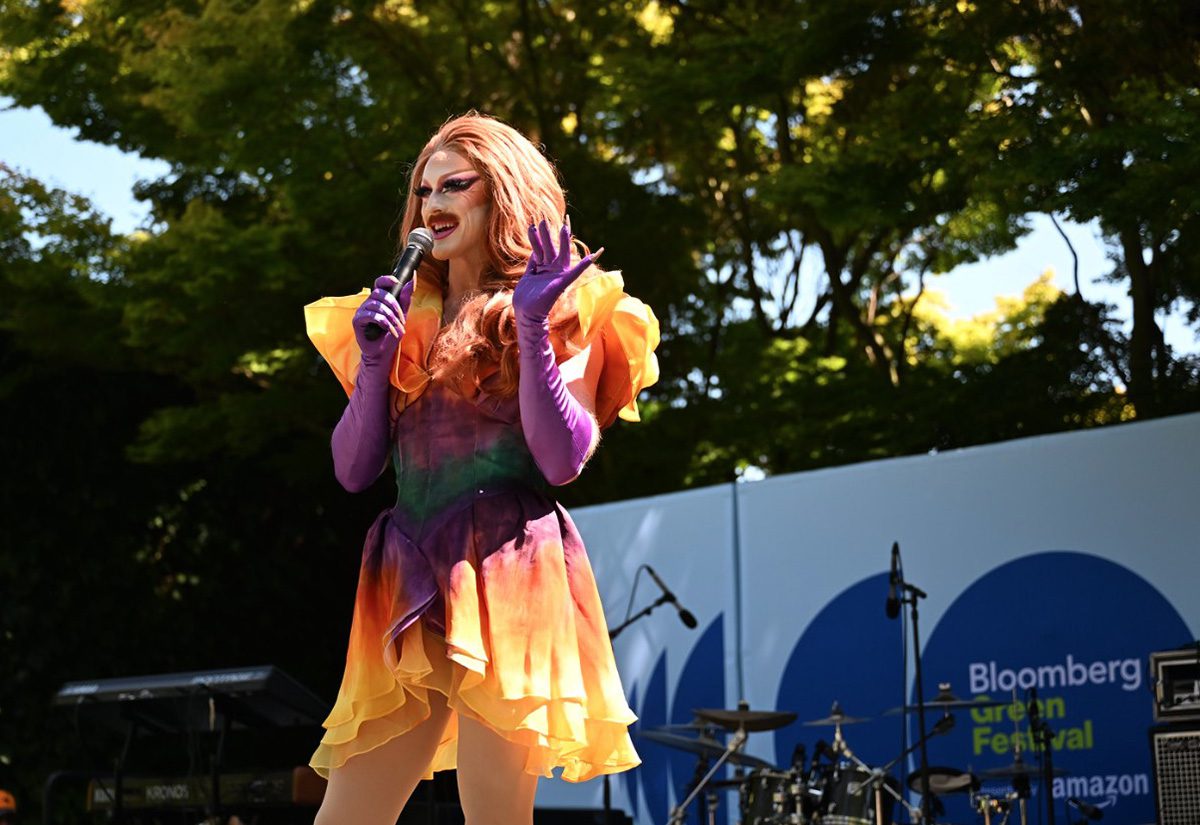
EM: Tell us about the sustainable menus and food options on-site.
JW: We wanted to weave a sustainable food track through everything that we did. We designed 50 percent of our menus to be plant-based. We had a red meat-mitigation strategy, so we removed all beef and lamb from our campus, as well as all palm oil products. We really made sure that everything that we did when we thought about food service and hospitality was as close to a closed loop as possible. We had vegan crepes for breakfast and served Atomo, which is a beanless coffee and a fun, interesting way to spark people’s conversations. The brand mixes 50 percent of regular beans with what they call upcycled beans, which are date seeds, sunflower seeds, lemons and more.
We also built a Green Restaurant and Bar Series, where we worked with local restaurants to create nightly dinners and special events across Seattle. They were really important for us to not only bring the community together, but also get the attendees out of just being at the Seattle Center campus. I was lucky enough to be at our opening dinner at Local Tide, and they had partnered with the Puget Sound Restoration Fund and served native oysters to teach us about how we can eat seafood for the long term and eat seafood sustainably. So that’s just one example of the dinners that ran across the four nights of the festival. We had over 320 people attend those dinners.
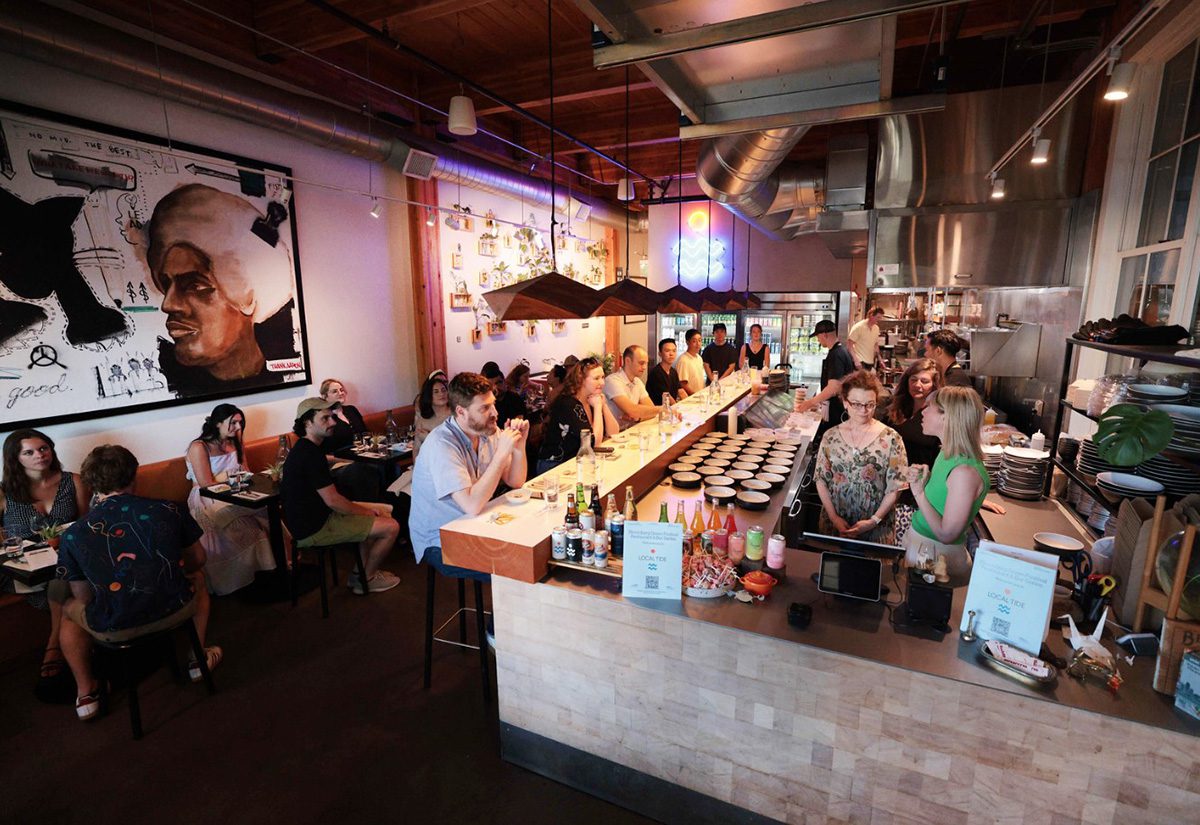
EM: Why was Seattle the right location for the Bloomberg Green Festival?
JW: It was important for us to think about a home that was not on the East Coast. This is a new kind of business event, and we wanted a newer city that was maybe a little bit smaller or somewhere we could, over time, take over, like SXSW does with Austin or Aspen Ideas Festival does with Aspen, and own it in a way that is harder to do, candidly, in a place like New York.
Seattle is a C40 City, nearly unparalleled with the policies that they have around the environmentally friendly ways that they operate. So we went to Seattle for the first time and met with community leaders and representatives. Through partnering with the City of Seattle, they gave us access to many things that allowed us to really make it our home. Deputy mayor Adiam Emery and my team met consistently to make sure that we were authentically showing up in Seattle.
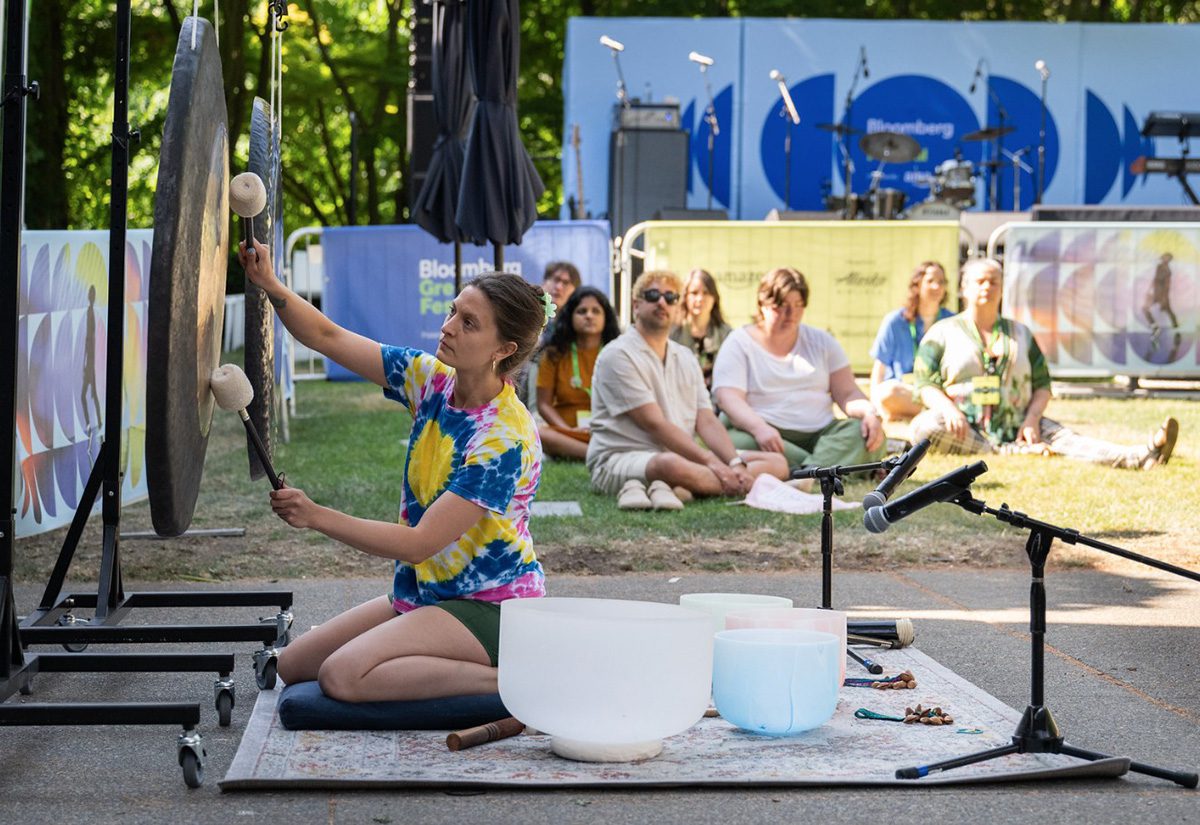
This first year is a proof of concept, and I think the taking over will come in time, but it was helped by the Pacific Northwest Climate Week. It felt like the city was just buzzing with thousands of people who were local and from the Pacific Northwest, as well as from around the U.S. and 30 different countries all over the world. The last reason we selected Seattle is because it is equidistant between Tokyo and Paris to make sure that this was truly a global convening.
EM: What are some challenges, successes and learnings you worked through with this inaugural event?
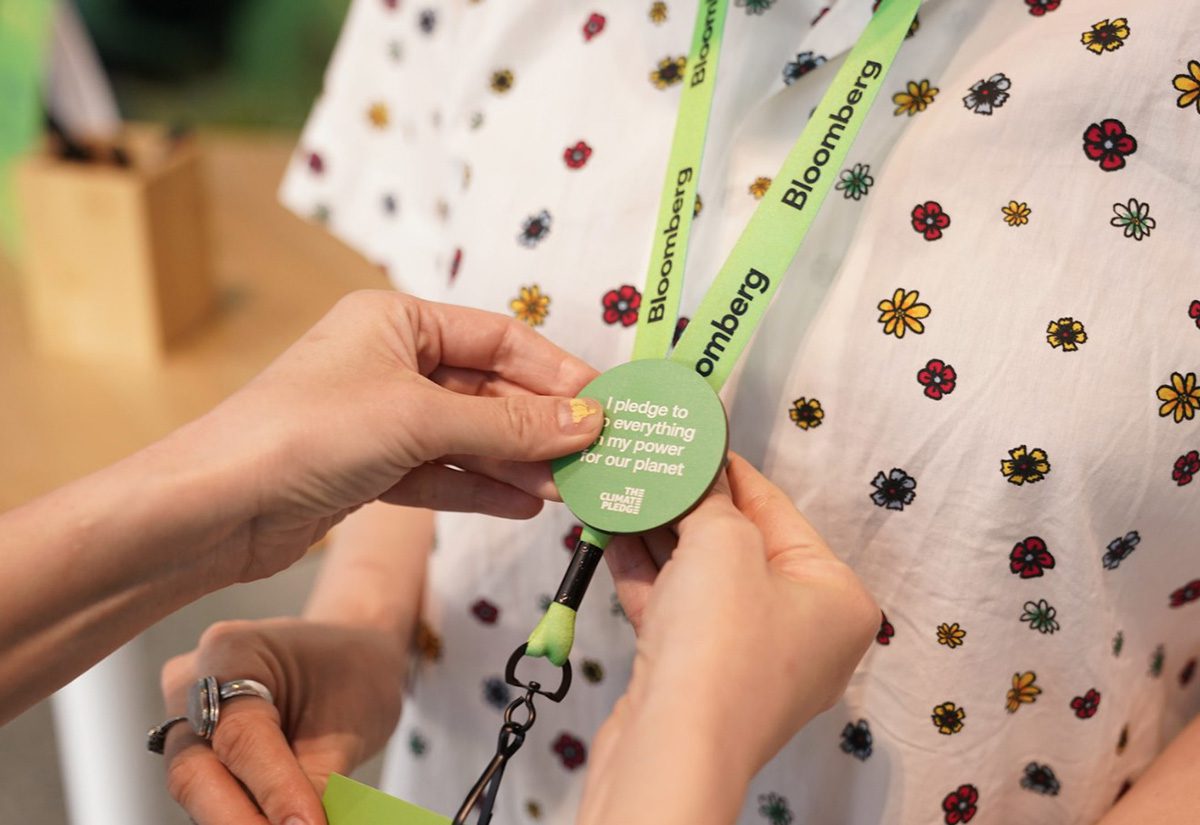 JW: There are things that we potentially overcomplicated insofar as different ticket types and different access points. I think because it had so much going on, helping our audience have a seamless experience of finding their networks and their communities amongst a very large-scale audience is something that I think we can do better next year. Upgrading some of our event technology can serve that real festival atmosphere and audience. Some of these things are really simple, like our badges flipped over because of the type of lanyard we had. And next year, we would have those over-the-head lanyards that connect on both sides so that people just get a front-on view of who to talk to.
JW: There are things that we potentially overcomplicated insofar as different ticket types and different access points. I think because it had so much going on, helping our audience have a seamless experience of finding their networks and their communities amongst a very large-scale audience is something that I think we can do better next year. Upgrading some of our event technology can serve that real festival atmosphere and audience. Some of these things are really simple, like our badges flipped over because of the type of lanyard we had. And next year, we would have those over-the-head lanyards that connect on both sides so that people just get a front-on view of who to talk to.
The breakout sessions, workshops, roundtables and “Meet the Journalists” moments were full really soon and really early. We had people waiting in line as part of the waitlist culture that we created at the festival. I think there is more we could do to facilitate more access to those breakout sessions and have more smaller sessions that people can participate in. We know our venue now; we know our home at McCaw Hall and the Seattle Center, so it gives us opportunities to tweak the way we use space. I think we’d probably move a couple of our stages around next year.
I think from a successes perspective, we were able to do what we set out to do, and create surprising moments where people were impressed by those they were able to meet and the conversations they were able to have. That really drove business forward. Rather than just being in a niche climate finance track, they were able to be inspired by many other parts of the festival. That could have been a challenge, but it really worked, and I think it’s something we will lean into more heavily in future years.
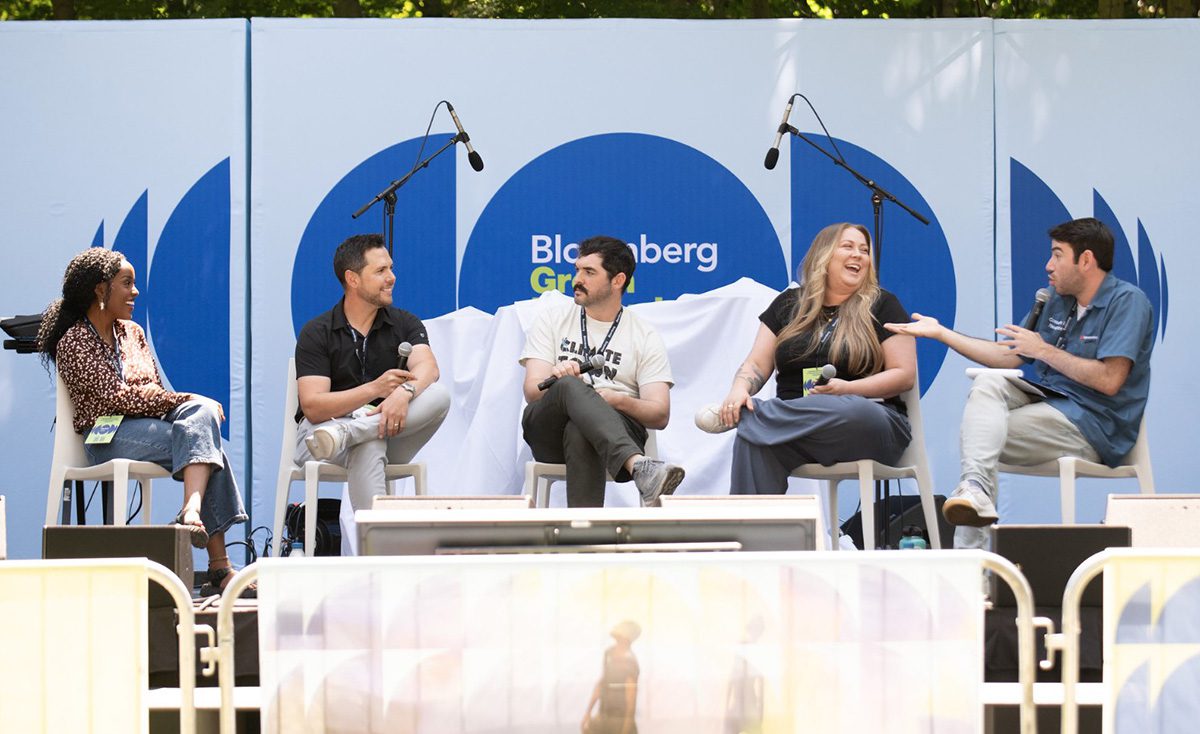
Photo credit: Jason Redmond/Bloomberg


